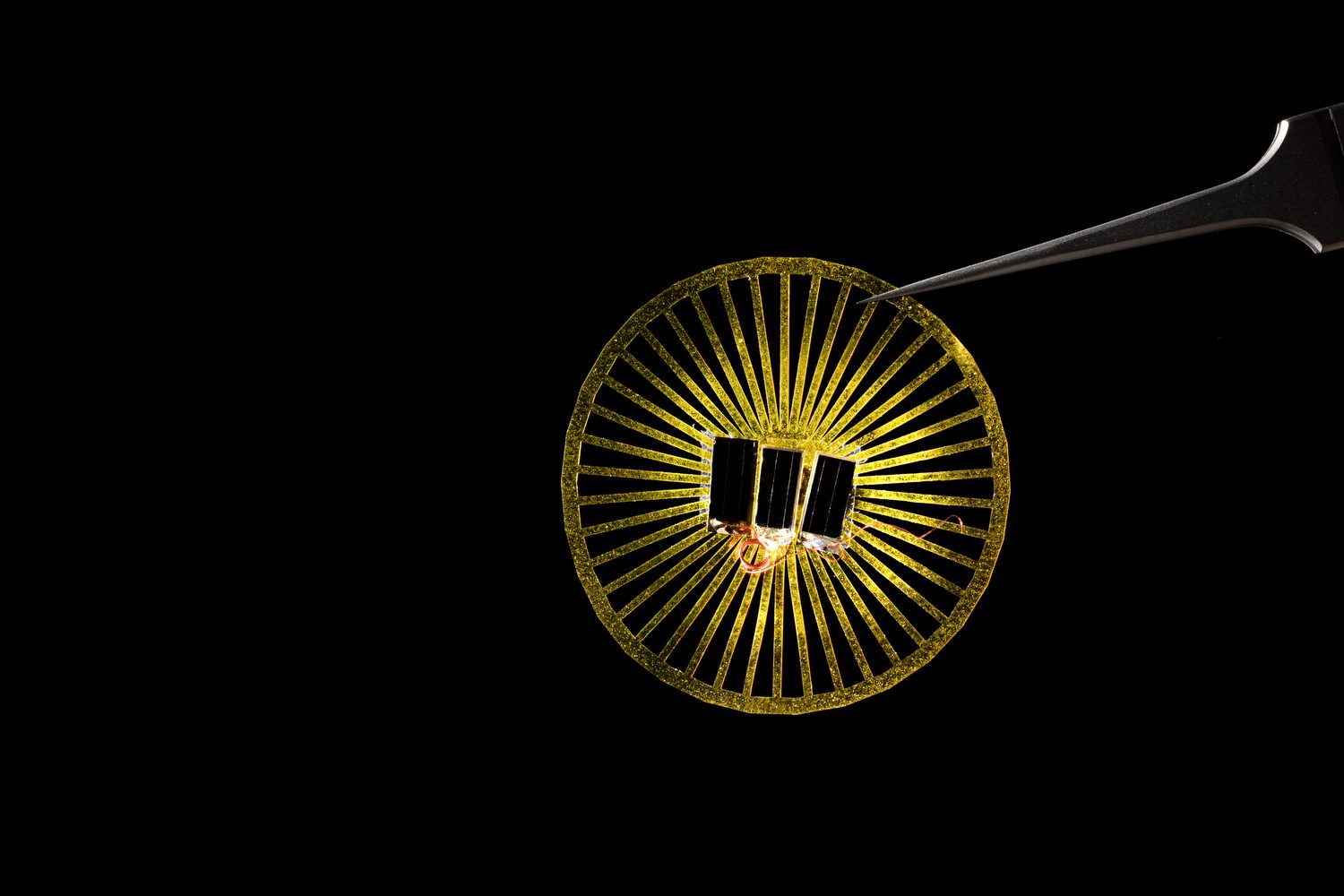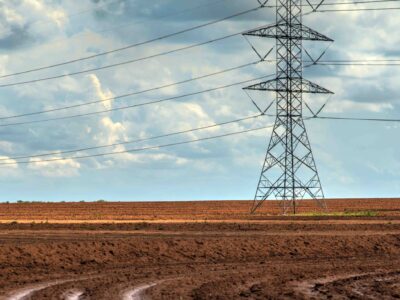The entire foundation of technological progress has always been rooted in observation. Whether it be the first humans who rubbed sticks together or discovered that rolling something was a more efficient method of moving it from point A to B, arguably the most essential part of “trial and error” is waiting to see if your tests worked.
This process is just as applicable in modern science as it was then, the only difference being that it is a far more expansive and involved process today. When analyzing the chaos and mystery in the natural world, the first step is developing a system that can properly measure the elements and convert those readings into standardized and digestible data.
Though we’ve certainly come a long way since the era of tinkering first humans, modern science is still far from perfect. Just as the explorers of past centuries set out to accurately map the world in its entirety, scientists today have been trying to compile an accurate reading of the environment itself. Our society has developed wireless sensors that can record environmental data — like temperature, humidity and air quality — to root out differences from one area to another. But the accuracy of such analysis is limited by the tools used, and the idea of hand-placing hundreds if not thousands of sensors throughout a given area simply isn’t doable at any scale.
A group of scientists at the University of Washington (UW) has set out to change that. Led by senior author and UW professor Shyam Gollakota, the team has developed an ultra-lightweight device that can “float” through the air, much like how a dandelion spreads its seeds. Although natural dandelion seeds are about 30 times lighter, these devices can travel up to 100 meters in a moderate breeze.
Once fully developed, the expectation is that massive quantities will be able to be dispersed from a singular drop point, which conquers a nagging logistical hurdle that has otherwise plagued a majority of air monitoring efforts in academia.
“Our prototype suggests that you could use a drone to release thousands of these devices in a single drop,” says Gollakota, who teaches at the university’s Paul G. Allen School of Computer Science & Engineering. “They’ll all be carried by the wind a little differently, and basically, you can create a 1,000-device network with this one drop.”
The next step for the team is ensuring that there is no negative environmental impact from the devices themselves. While the entire purpose of the group’s research is to improve sustainability, the devices need to be made using fully biodegradable materials. The sensors are already carbon neutral and entirely solar-powered, so developing a version fully compatible with the natural environment will be the key to getting this product to researchers worldwide. For Gollakota, confidence is high. “You don’t know what is possible until you’re pushing at the boundaries,” he said.





